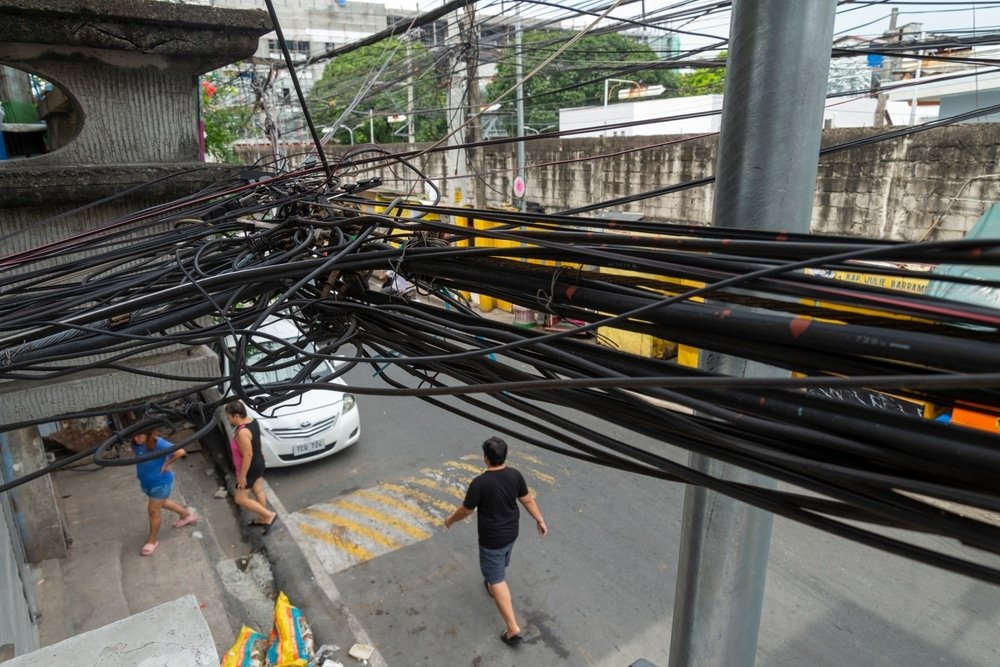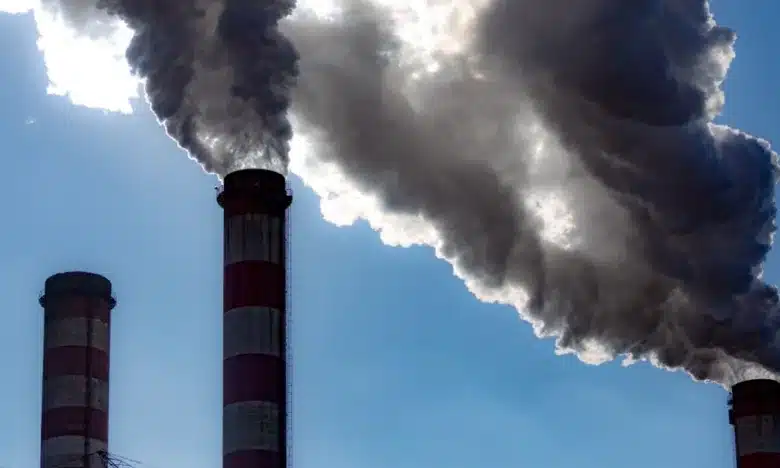
No More Rainy Season Blackouts? How To Storm-Proof Our Power Grid
- October 25, 2024
Bad weather is the ultimate test for any power system. As many of us have experienced, inclement weather has often led to power outages, making life more difficult for people dealing with floods and limited access to food and services.
But does it have to be this way? Is it possible to have a stable power supply even during extreme weather conditions? To find the key to a storm-proof power system, we must first understand what causes power outages when the weather is bad.
Why Does Heavy Rainfall Lead To Loss Of Electricity?
A typical power system relies on a wide network of power stations, transformers, and substations all linked together by transmission and power lines spanning cities. Any disturbance caused within this chain can instantly cut power supply.
A thunderstorm, for instance, can cause some tree branches to fall on power lines. Sometimes strong winds and even lightning can cut off power lines by themselves. Flooding can also damage substations, causing disruptions throughout the power grid.
Heat waves can also cause a strain on power systems and components. In fact, several regions in the country were put in red and yellow alerts by the National Grid Corporation of the Philippines (NGCP) this recent summer as we experienced record levels of heat.
How To Weather-proof Our Power Supply
Fortunately, making our power system more weather-resilient is possible. Here are some ways we can have a more stable power supply that can withstand extreme weather conditions:
1. Diversifying The Energy Mix
Weather-related power outages are another reason to tap into alternative sources of energy and to reduce over-reliance on coal and fossil fuels. A weather-proof power system should involve a variety of energy sources, such as wind, solar, and hydropower to at least provide supplementary or emergency power supply.
These alternative energy sources could be used in a decentralized storage system, where microgrids can be activated if and when the main power grid is compromised. These microgrids can provide a stable power supply on a local level using renewable energy.
2. Sturdier Infrastructure
Another must-have for weather-proof power systems is better overall infrastructure designed to withstand tough weather conditions. Updating our machines and components to the latest available technology can help solidify our power storage infrastructure. Moving power lines underground can also be considered, as they are secure from strong winds.
It’s also important for all equipment and facilities to undergo regular maintenance so that top quality is always assured. This can help avoid power outages that are caused by wear and tear over time.
3. Modern Battery Systems
To ensure an uninterrupted power supply, we must have an effective and modern power storage. Battery Energy Storage Systems (BESS), in particular, is the latest in storage technology and is considered one of the best practices in the world. In case of power grid malfunctions during inclement weather, BESS can supply needed energy to certain areas.
One such system can already be found in Davao de Oro, where a hybrid BESS is paired with diesel engines to provide better grid stability in a region that has suffered numerous power crises in the past. Built to store power from different renewable energy sources, the BESS in Davao de Oro has the capacity to further increase its efficiency when new energy sources are introduced into its power mix.
4. Smart Grids
As Artificial Intelligence (AI) continues to progress and influence more and more aspects of our daily lives, it’s also now capable of improving our power systems. Modern power grids all over the world are equipped with advanced communication technologies programmed to improve monitoring and response.These smart grids are capable of anticipating possible power outages based on weather conditions and other factors, making automated adjustments and data-based actions. The country must explore different smart energy solutions, such as digital microgrids and virtual power plants, which can make our power grids more sustainable and reliable in the face of extreme weather conditions.



